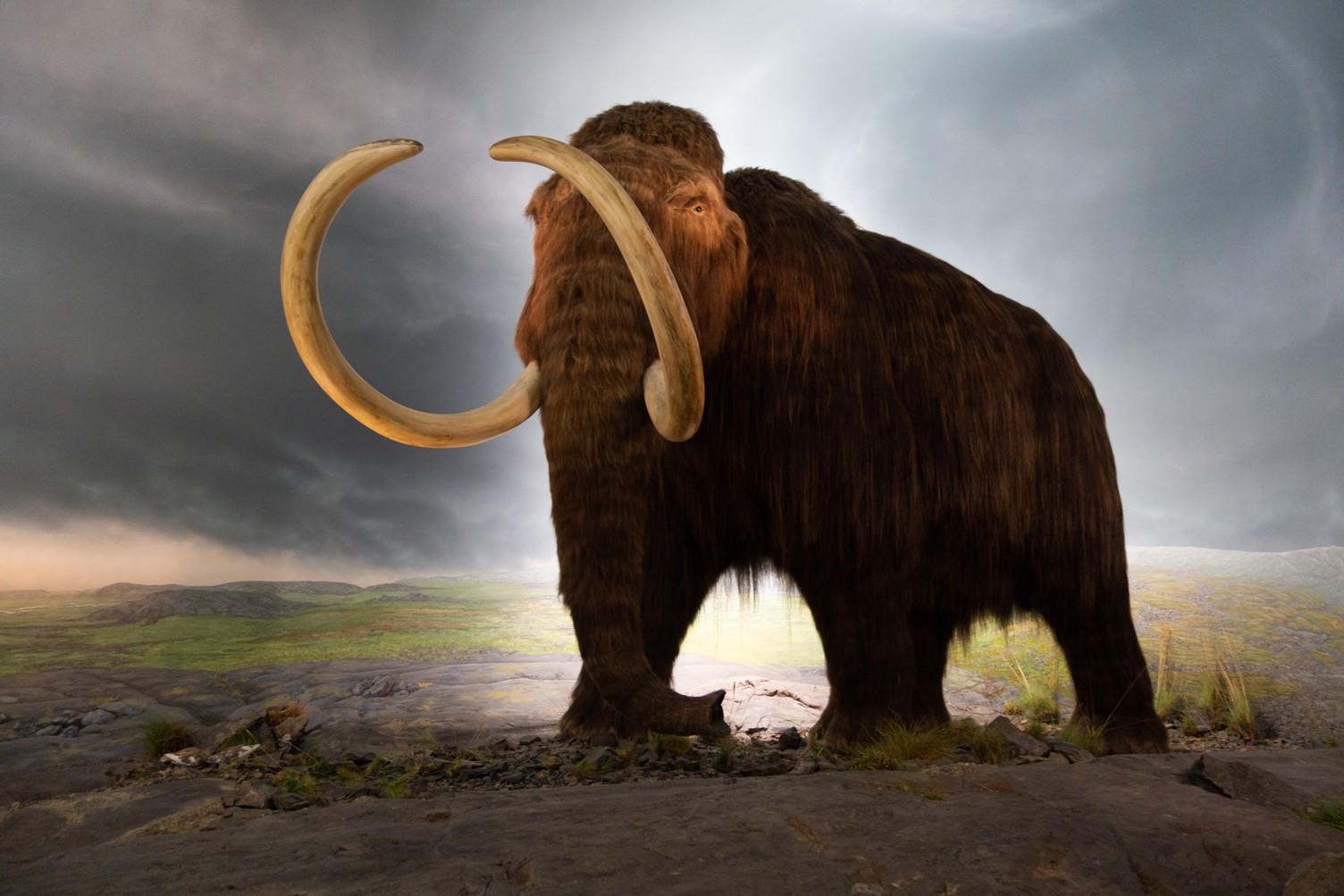7667766266
enquiry@shankarias.in
Prelims: Current events of national and international importance
Why in News?
The world’s oldest RNA was found in a 40,000-year-old woolly mammoth recently.
Woolly Mammoth

Reference
National Geographic | World’s oldest RNA